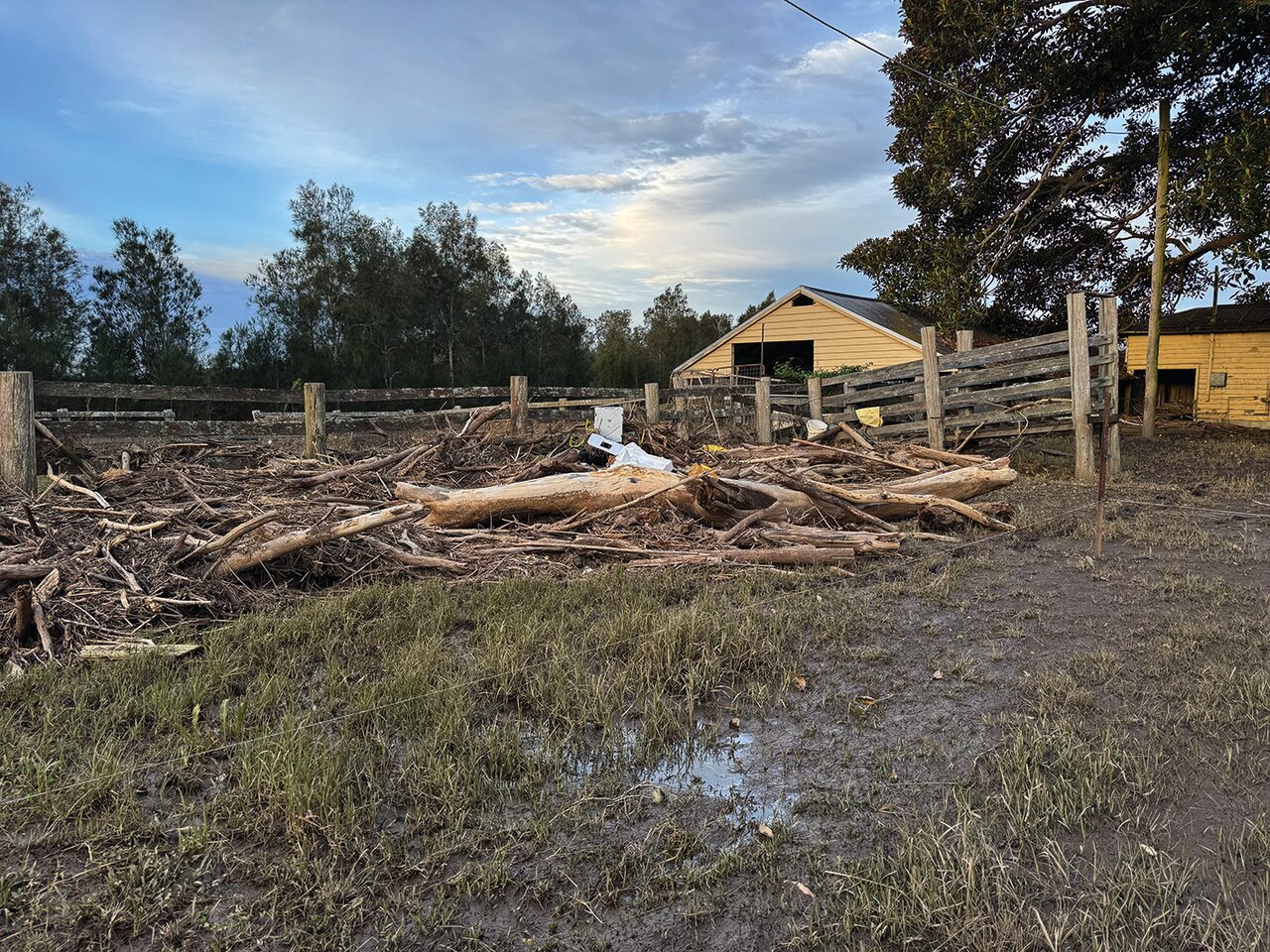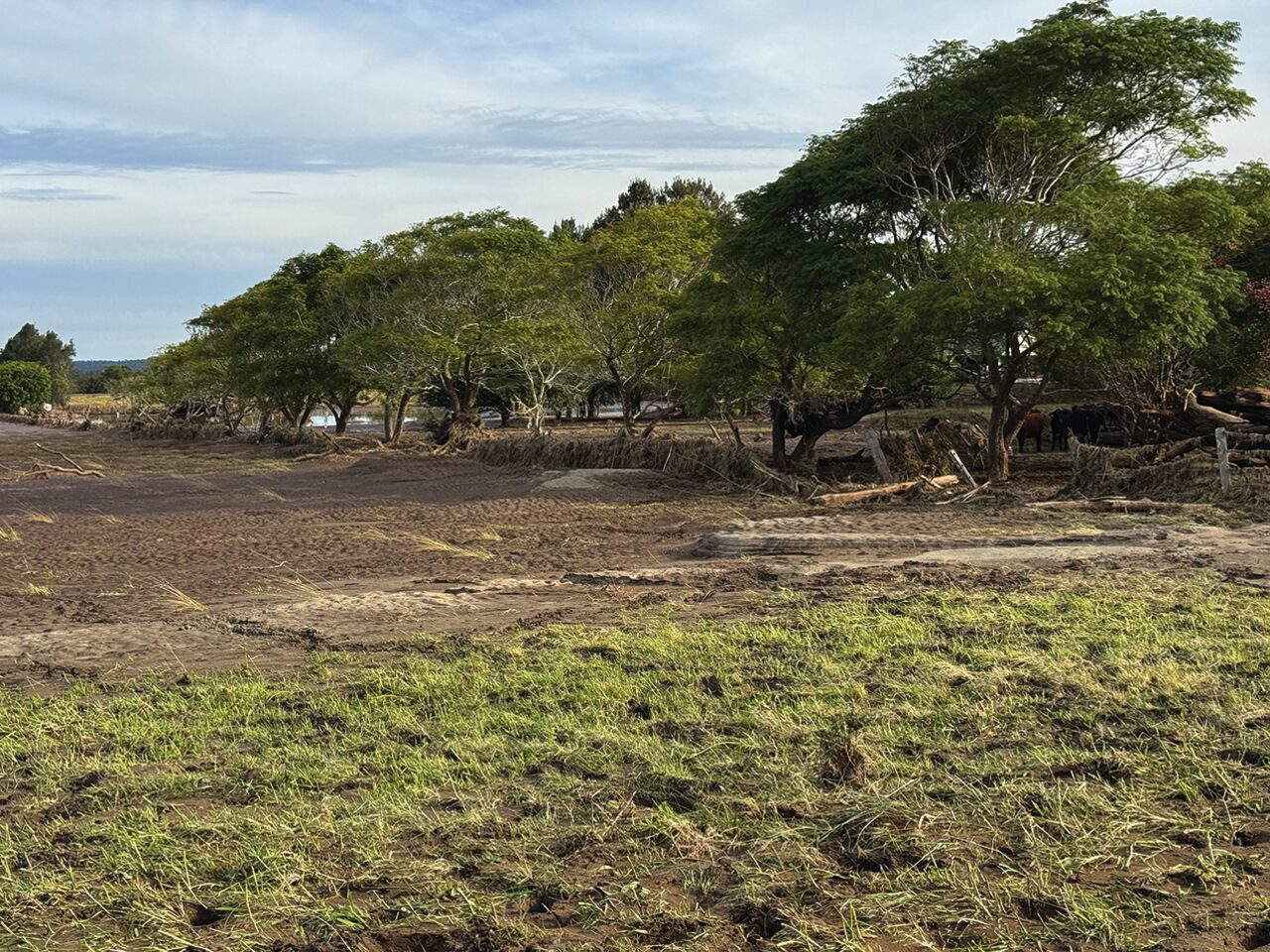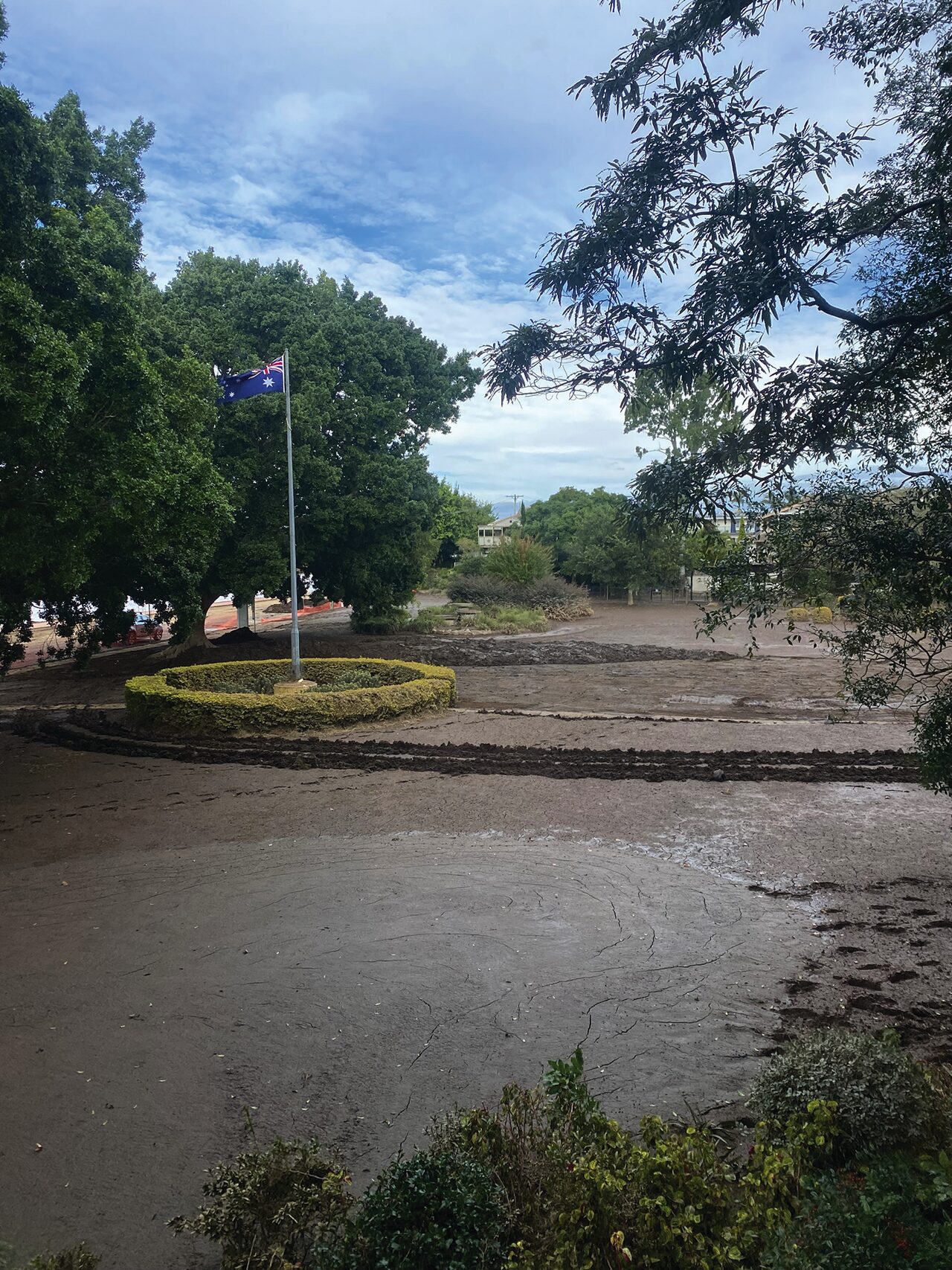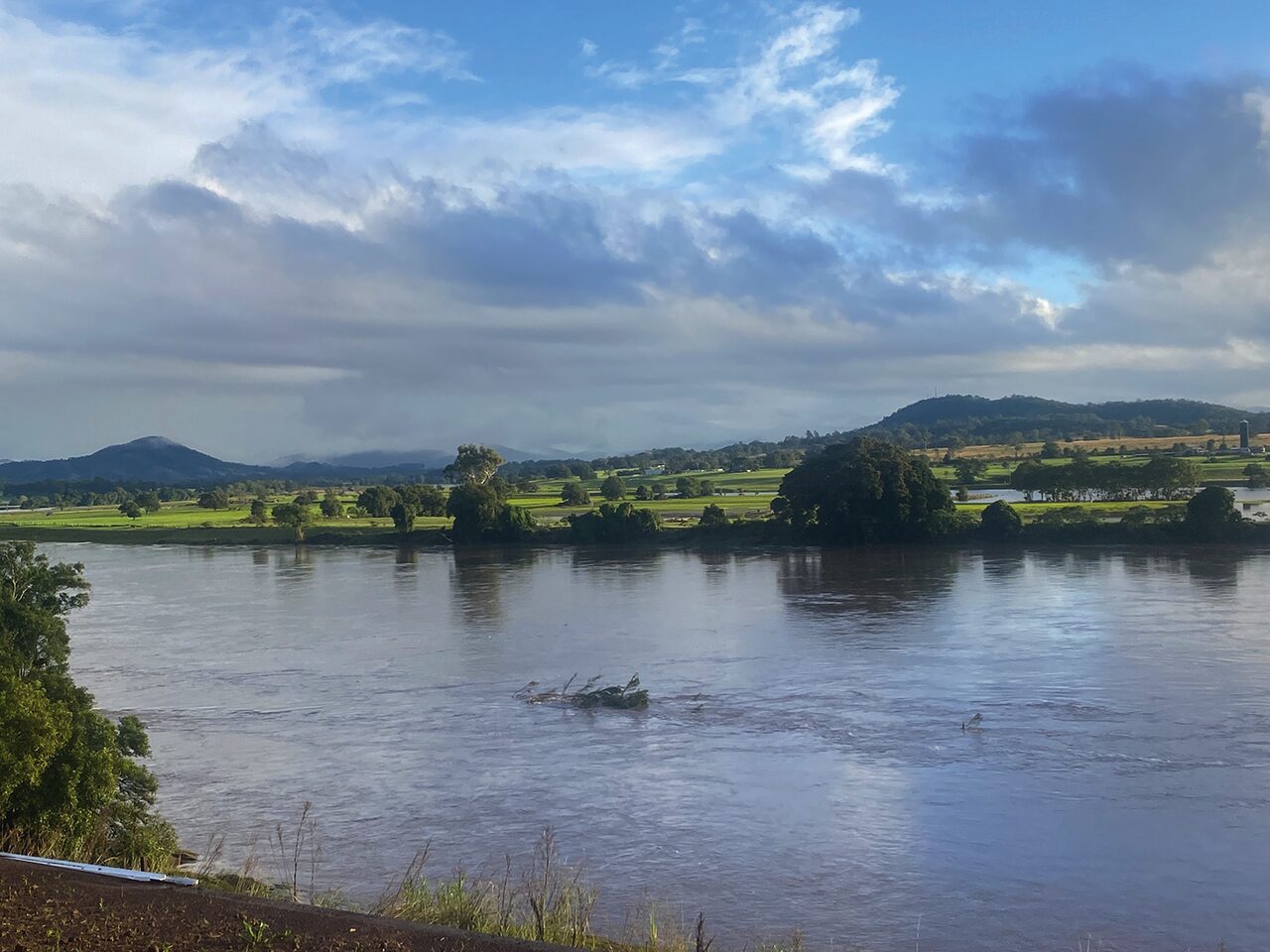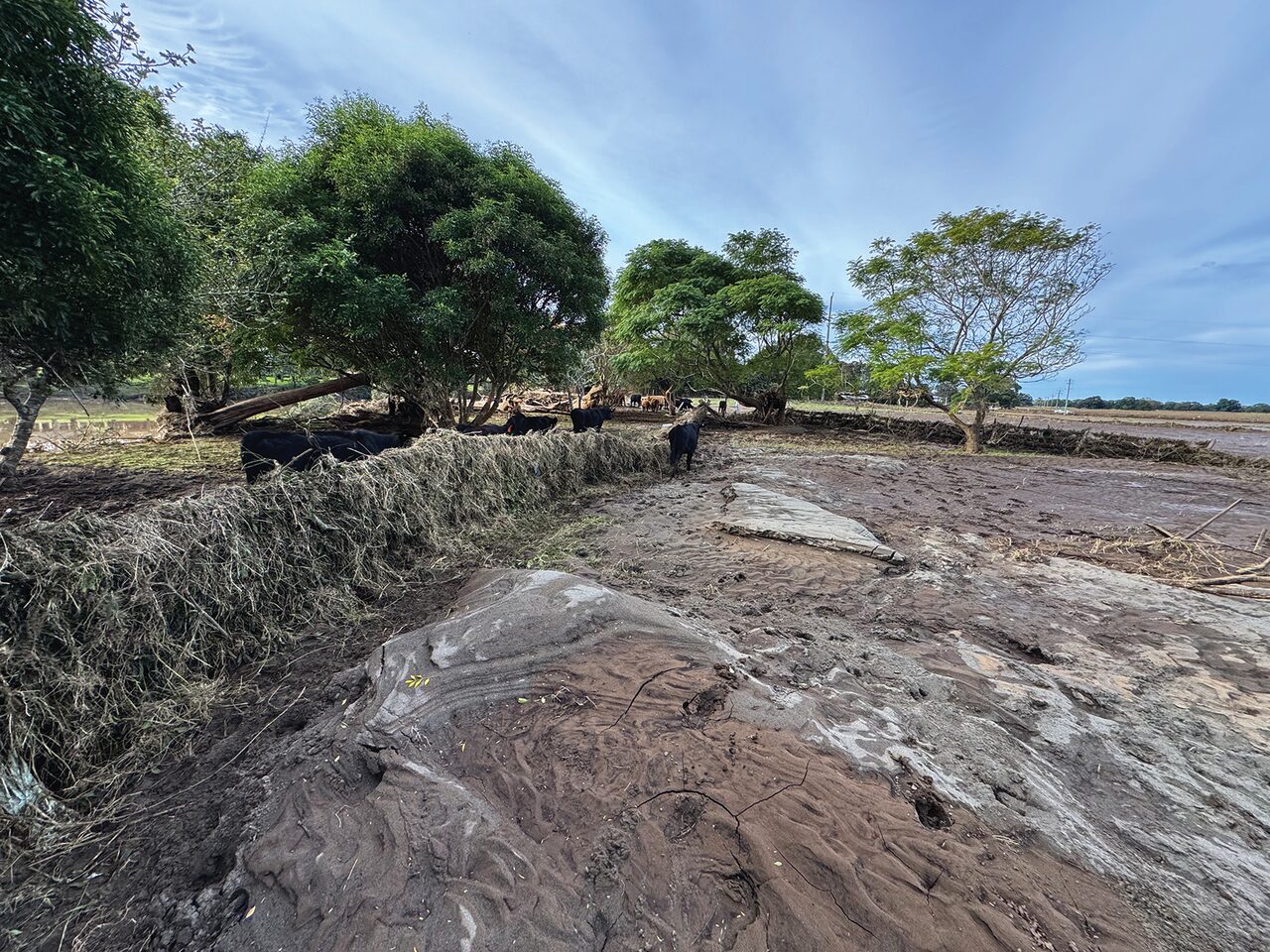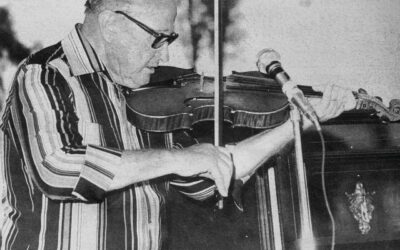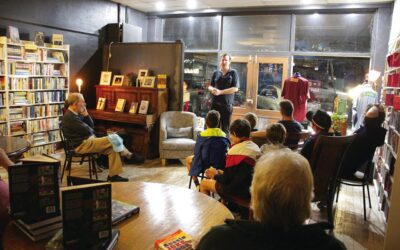One mate helping another when their chips are down – it’s the Australian way. So when an old friend called for help with flood-stricken cattle, Gunnedah’s George Avard didn’t think twice.
Mr Avard is working with others to organise truckloads of hay to be sent to the Manning Valley after this month’s floods.
The event has been upgraded to an insurance catastrophe, meaning additional resources are being deployed and insurers are prioritising claims from this event.
Mr Avard took a call from friend, John Caldon, formerly of the Gunnedah region, who now lives in Taree.
He explained how landholders are “desperate” after having herds of dairy cattle washed away.
“The flood was three-foot higher than the previous record,” Mr Avard said.
The floodwater also washed away the little grass which remained for the surviving stock.
“Cattle are dying … standing in mud,” he said.
The Gunnedah effort is looking to organise either purchased or donated hay to transport to the Manning Valley.
If it proves successful, it would be the third exchange between the two parties – Mr Caldon helped organise a reciprocal fodder and seed transport from the coast to the Gunnedah region during the drought in 2018-19.
He said any assistance that could be provided, this time in the opposite direction towards Taree, would be invaluable.
“It’s great to have that help,” Mr Caldon said.
“People knowing that others have their back and care … it makes a big difference.”
The former Taree business chamber representative said although the clean and recovery phase is only just starting, it is clear the impact on businesses, livelihoods and families, would be considerable.
Hundreds of homes have been impacted and many shops in downtown Taree have been “completely wiped out”.
“To be here when the flood was on, was horrific,” Mr Caldon said.
He estimated a “very significant proportion” of the region’s dairy cows have been lost in the flood but “it was still too early to call” on percentages.
Mr Caldon reiterated the desperate plight of the stock that remain on the ground.
“There’s no grass for the cattle,” he said.
“It’s just a sea of silt.
“The dairy industry is in dire straits.”
For those that can afford it, dairy farmers are paying about $2000 a day to truck in feed for their stock.
This is the second flood Taree has experienced in recent years and before that, it was bushfire.
Mr Caldon said many people are struggling to pick up the pieces after the latest disaster.
He was worried about the effect on the local people.
“The real toll will be the mental health issue to come out of this,” he said.